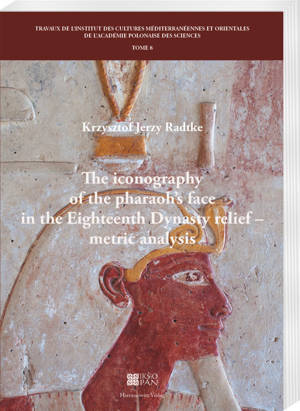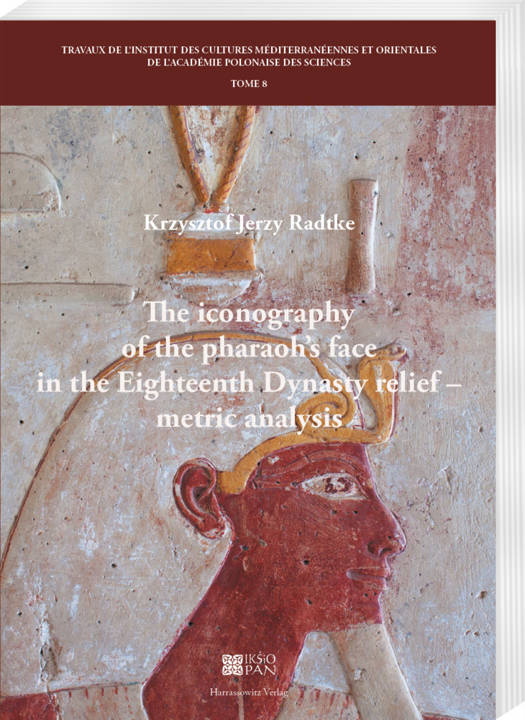
- Afhalen na 1 uur in een winkel met voorraad
- Gratis thuislevering in België vanaf € 30
- Ruim aanbod met 7 miljoen producten
- Afhalen na 1 uur in een winkel met voorraad
- Gratis thuislevering in België vanaf € 30
- Ruim aanbod met 7 miljoen producten
Zoeken
The Iconography of the Pharaoh's Face in the Eighteenth Dynasty Relief - Metric Analysis
Krzysztof Jerzy Radtke
Paperback | Engels | Travaux de l'Institut des Cultures Méditerranéennes et Orientales de l'Académie Polonaise des Sciences | nr. 8
€ 101,95
+ 203 punten
Uitvoering
Omschrijving
The principal aim of this study is to present a novel method for exploiting a grid of 256 (16x16) square modules used to measure two-dimensional human face, with implementation to the Egyptian royal portrait in relief. Most of the underlying principles of the proposed method, in particular, the use of a square grid understood as a uniform measuring tool of a standardised internal structure and a set of constant points of measurement, are connected with the research conducted by Erik Iversen, Roland Tefnin and Gay Robins. The major part of the study shows a detailed description of the proposed research method and an analysis of the measurements taken in compliance with the criteria stipulated therein. Comparison of the values of all selected measurements within a given portrait of a ruler with the values of corresponding points from other portraits dated to the same period constitutes the key element of the analysis. The results are then compared with the values of the measurements of reliefs of the remaining Eighteenth Dynasty kings acquired according to the same method. In order to expand the research perspective selected examples of application of the hypothetical square grid for the analysis of painted royal portrait are presented. The concluding remarks have been formulated in a relevant manner to answer the fundamental question of this study, namely, whether and to what extent the method could serve as an auxiliary tool for dating and identification of pharaohs' portraits carved in relief or made with the use of painting technique.
Specificaties
Betrokkenen
- Auteur(s):
- Uitgeverij:
Inhoud
- Aantal bladzijden:
- 102
- Taal:
- Engels
- Reeks:
- Reeksnummer:
- nr. 8
Eigenschappen
- Productcode (EAN):
- 9783447118019
- Verschijningsdatum:
- 8/06/2022
- Uitvoering:
- Paperback
- Formaat:
- Trade paperback (VS)
- Afmetingen:
- 210 mm x 6 mm
- Gewicht:
- 12328 g

Alleen bij Standaard Boekhandel
+ 203 punten op je klantenkaart van Standaard Boekhandel
Beoordelingen
We publiceren alleen reviews die voldoen aan de voorwaarden voor reviews. Bekijk onze voorwaarden voor reviews.








